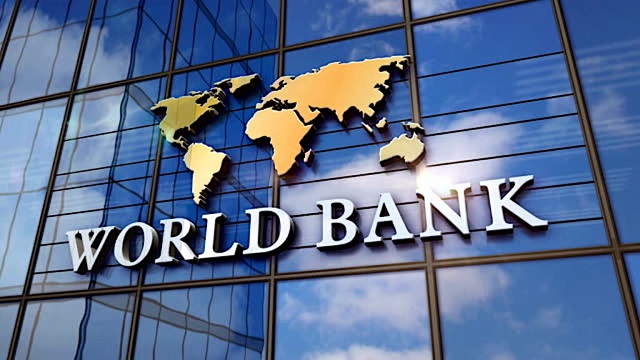
Oil prices could soar to a record high of more than $150 a barrel if the war between Israel and Hamas leads to a repeat of the full-scale conflict in the Middle East witnessed 50 years ago, the World Bank has warned.
In the first major assessment of the economic risks of an escalation of the war beyond Gaza’s borders, the World Bank said there was a risk of the cost of crude entering “uncharted waters”.
A “large disruption” scenario comparable with the Arab oil boycott of the west in 1973 would create supply shortages that would lead to the price of a barrel of oil increasing from about $90 to between $140 and 157. The previous record – unadjusted for inflation – was $147 a barrel in 2008.
“The latest conflict in the Middle East comes on the heels of the biggest shock to commodity markets since the 1970s – Russia’s war with Ukraine,” said Indermit Gill, the World Bank’s chief economist. “That had disruptive effects on the global economy that persist to this day.
“Policymakers will need to be vigilant. If the conflict were to escalate, the global economy would face a dual energy shock for the first time in decades – not just from the war in Ukraine but also from the Middle East.”
The Bank said in its latest commodity markets outlook that the shock to the global economy would not be confined to energy costs but would also result in hundreds of millions going hungry as a result of higher food prices.
In its assessment, the Bank said the Israel-Hamas war had had little impact on commodity prices so far. Oil prices had risen by about 6%, but agricultural commodities, industrial metals and other commodities had “barely budged”.
It added: “The outlook for commodity prices would darken quickly if the conflict were to escalate.”
Under the World Bank’s baseline forecast, oil prices will average $90 a barrel in the current quarter before declining to an average of $81 a barrel next year as global economic growth slows. But it also sketched out three alternative paths for oil prices:
· A “small disruption” scenario, in which the global oil supply would be reduced by 500,000 to 2m barrels a day -roughly equivalent to the reduction seen during the Libyan civil war in 2011. The oil price would rise to a range of $93 to $102 a barrel.
· A “medium disruption” scenario – roughly equivalent to the Iraq war in 2003 – where the global oil supply would be reduced by 3m to 5m barrels a day. Oil prices would rise by 21% to 35% initially, taking them to between $109 and $121 a barrel.
A “large disruption” scenario-comparable to the action taken during the Yom Kippur war of 1973 – in which the global oil supply would shrink by 6m to 8m barrels a day, resulting in a 56% to 75% increase in prices to between $140 and $157 a barrel.
The oil embargo of 1973 led to a sudden fourfold increase in the cost of crude, ushering in the higher inflation and rising unemployment that brought the long postwar boom in the global economy to an end.
“Higher oil prices, if sustained, inevitably mean higher food prices,” said Ayhan Kose, the World Bank’s deputy chief economist. “If a severe oil-price shock materialises, it would push up food price inflation that has already been elevated in many developing countries. At the end of 2022, more than 700 million people – nearly a tenth of the global population – were undernourished. An escalation of the latest conflict would intensify food insecurity, not only within the region but also across the world.”
















